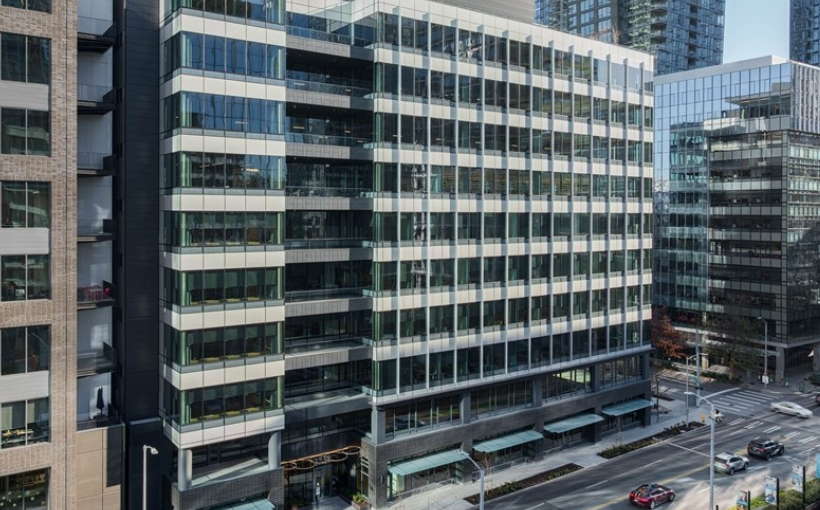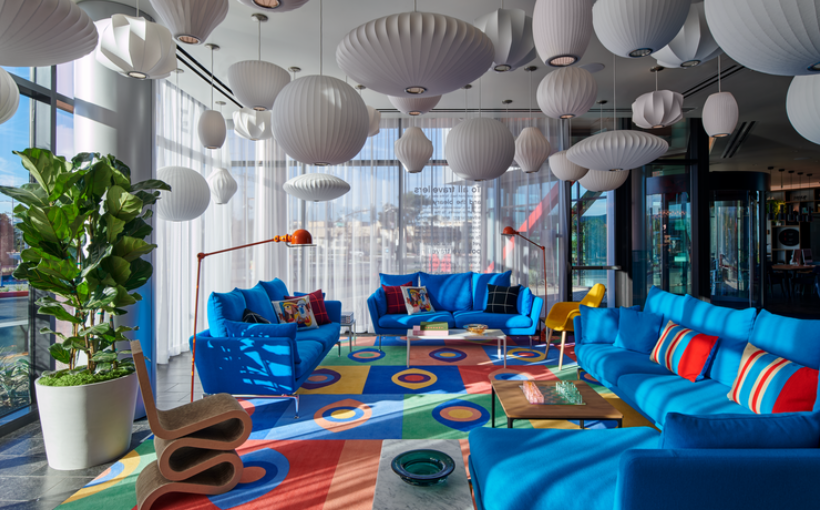Life sciences real estate encompasses laboratory, manufacturing, and office space for companies involved in scientific research and development. In recent years, this sector has gained popularity as an attractive asset class, resulting in a surge of demand and ongoing construction.
According to a new report from CBRE with an upcoming outlook from JLL, the life sciences industry is facing both challenges and opportunities in the coming year. Despite potential obstacles ahead, strong fundamentals are expected to support this sector – along with its associated real estate market. Here are some key trends that these firms are closely monitoring:
Disruptive Technological Advances
JLL and CBRE analysts note that the life sciences field is experiencing significant disruptions due to emerging technologies such as 3D printing, closed-loop continuous systems,and artificial intelligence. These advancements have led to breakthroughs in biotechnology,m edical devices,and consumer products while driving progress towards sustainable materials.
As a result of these developments,CBRE predicts that they will serve as “a stabilizing force” for the near future while also acting as catalysts for long-term growth.
Positive Economic Outlook
Like other segments of commercial real estate,the life sciences industry must navigate through economic factors like high-interest rates,a slowing economy,and geopolitical conflicts.CBRE points out how these issues have impacted sales transactions within this property type.However,on a positive note,the underlying fundamentals remain strong;CBRE anticipates good prospects for recovery once current concerns subside.The focus now shifts towards capital preservation strategiesand conservative investment approaches.
JLL adds that promising new modalities,suchas GLP-1 agonists,radiopharma,and antibody-drug conjugates (ADCs),will help boost performance.”These modalities,” says JLL,”are showing both clinical efficacyand blockbuster potential.”
Emphasis on Sustainability
In additionto technological advances,l ife science companiesare also prioritizing sustainable operationsand facilities management.J LL notes howthis trend alignswith corporate responsibility goals while also reducing costs and decreasing reliance on traditional energy sources.
Supply and Demand Dynamics
JLL’s report highlights how the life sciences industry is shifting from a macro focus to a hyperlocal one.This means that investment,construction,employment,and other decisions are now heavily influenced by local market conditions.Additionally,JLL states that it is currently an occupier’s market for life science properties,making it easier than ever before to find suitable space for operations.
CBRE notes that net absorption of lab/R&D space was negative in 2023 due to increased construction activity.The top three markets (Boston-Cambridge,San Francisco Bay Area,and San Diego) have seen a surge in venture capital funding between 2019and 2021,resultingin “more risk-taking,misallocation of capital,and overzealous expansion plans.”These markets have also experienced high levels of construction activity.
JLL reports that landlords are offering attractive termsand highly amenitized spacesin order to attract tenants.CBRE predictsa decrease in construction activity by 2025,leadingto stabilizationof leasing rates.
In summary,the outlook for the life sciences sector may face some short-term challenges,but strong fundamentals,sustainable practices,and favorable supply-and-demand dynamics point towards long-term stability and growth.




